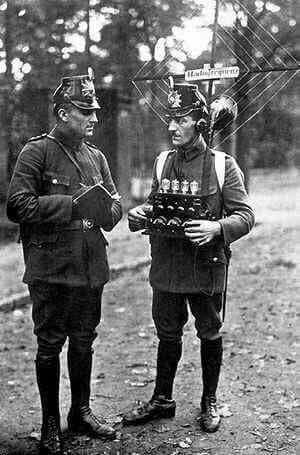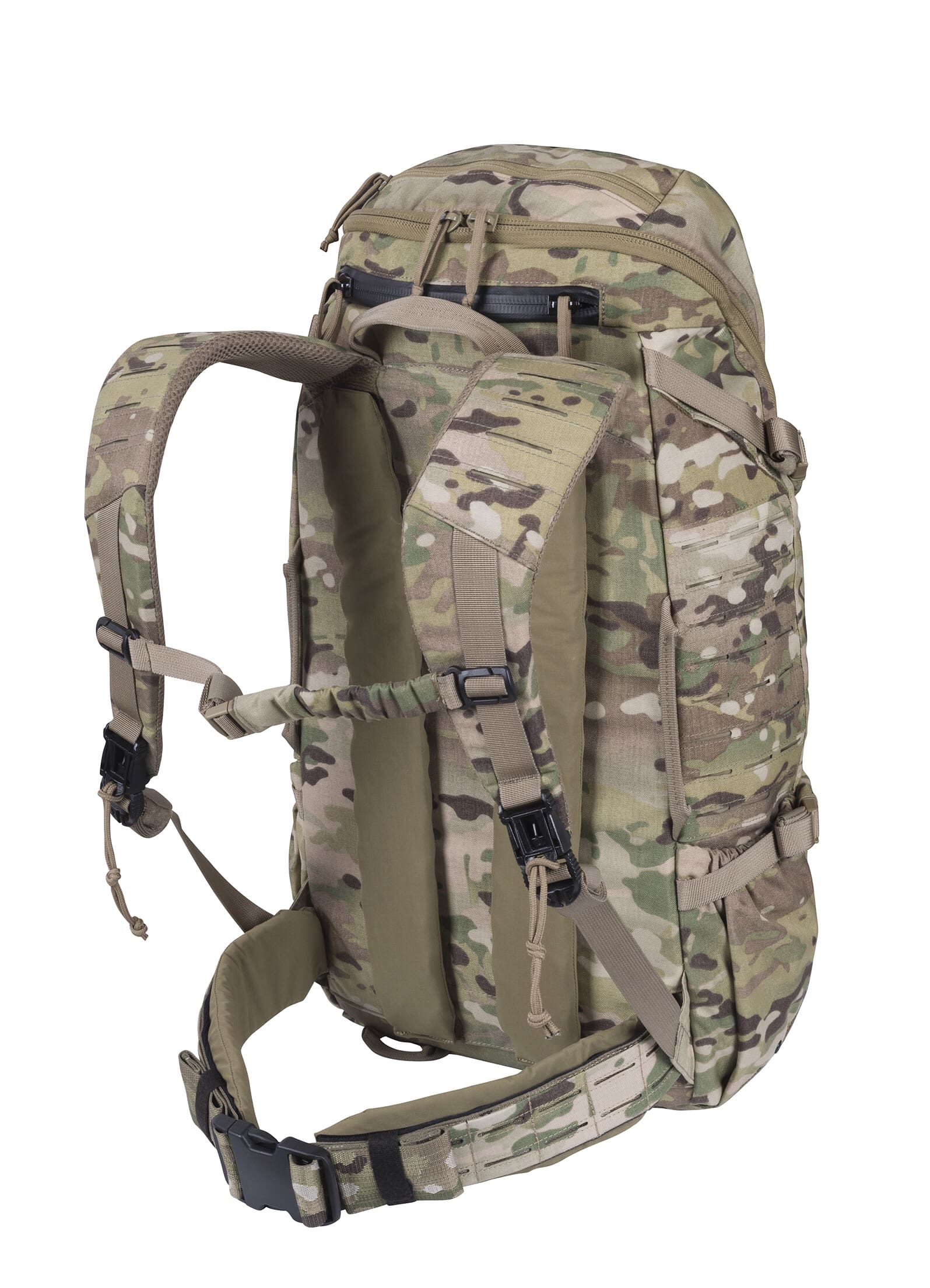

NEW YORK, March 8, 2018 — Wild Things, LLC (“Wild Things” or the “Company”), an ASGARD Partners & Co. (“ASGARD”) portfolio company, announced that industry veteran Amy Coyne has joined as Chief Executive Officer (“CEO”).
Ms. Coyne has over 20 years of experience and has held several leadership roles touching all facets of the tactical apparel industry. Ms. Coyne joins Wild Things from ADS Inc. (“ADS”), where she was the Vice President of the Organizational Clothing and Individual Equipment (“OCIE”) Market. In that role, Ms. Coyne oversaw the entire OCIE market category for ADS, the premier equipment, procurement, support, and logistics solutions specialist to the U.S. Military and Department of Defense (“DoD”). She was responsible for establishing the strategic vision and developing executable plans for the OCIE market.
Prior to this role at ADS, Amy was President and CEO with Propper International. In this position, Ms. Coyne was responsible for leading and overseeing one of the largest official apparel and gear suppliers to the U.S. Armed Forces, which has manufactured over 120 million garments for the U.S. DoD – Army, Air Force, Navy, Marines, Coast Guard and Special Forces and law enforcement and tactical retail stores across the country.
Ms. Coyne is a graduate of Philadelphia College of Textiles & Science with a Bachelor of Science in Textile Engineering and has an Master of Science in Textile Technology from the Institute of Textile Technology.
“I have known Amy for over five years and have always been impressed with her abilities as a leader and her expertise in the industry. She has an exceptionally unique set of skills and experience, all the way from running one of the largest tactical apparel companies in the industry to overseeing the entire OCIE market segment for one of the largest DoD distributors. There is no better person to lead Wild Things towards both growth and operational excellence,” said Karan Rai, Founder and CEO of ASGARD.
“ASGARD is especially pleased to make the announcement of Wild Things’ new CEO during Women’s History Month and on International Women’s Day,” said Christian Cantalupo, a Partner at ASGARD.
A7’s gloves do not compromise on quality or durability and are made with the best materials available: flame-resistant Nomex® reinforced with A7’s BIO-FLEX™ armor and Gila Skin™ textured and super tough nylon.
Features:
– Available in desert tan, tactical black and foliage green
– BIO-FLEX™ flexible armor across the knuckles and on all fingers
– NOMEX® fire-resistant fabric on the top of the gloves
– GILA SKIN™ super tough textured nylon palm for durability and grip
– Touch screen capability for the index and middle fingers and thumb
– Reinforced contact areas for increased durability with extra trigger finger padding
– Pull tab for easy donning and tightening
– Quick tightening strap (BIO-FLEX durability).
At Enforce Tac, Direct Action is showing the HALIFAX Medium Backpack in it’s pre-production phase. The pack that was shown at last year’s IWA, but it is finally finished and ready to be released.

As a full size assault pack it incorporates laser cut MOLLE/PALS system on the outside, inner pile lining and detachable MOLLE/PALS compatible hip belt.

The pack is jumpable and accepts various inserts including medical, radio or magazine inserts for carbine/rifle mags or pistol mags.
Small and Medium versions are on the way as well.
SIG Optics had their contender for the USSOCOM Squad-Variable Powered Scope solicitation. It is a 1-6x intended for use out to 600m. It is seen here mounted to a SIG716-G2.
It is a variant of their commercially available Tango 6 optic, with final assembly in their Oregon plant. Additionally, they manufacture the mount there. The optic also comes with a throw lever installed.
Interestingly, it is a second focal plane scope. The contract had a small business set aside for first focal plane submissions, while the second focal plane versions are a full and open competition. If you’re wondering why there’s even a second focal plane option, it’s because the customer wanted the dot to be crisp and visible, even in full daylight.
The optic is a red dot, with a SOCOM-specified reticle. At the intensity setting, you can lock out the dot.
Although they have not made a final decision on naming convention, you will be able to purchase a version of this optic. Options will include tube color, reticle and first or second focal plane.
Heckler & Kock debuted their new GEN3 Polyner Magazine at Enforce Tac. It is a 5.56mm, 30 round STANAG magazine which is now standard with the HK416 and 433 rifles.
They put quite a bit into the design aesthetic. For instance, the round count window conjures a projectile, moving toward the target.
Speaking of round count windows, there is also a window at the backstrap. The spring has an orange indicator letting you know you are empty.
Grooves for a positive grip extend completely around the magazine’s body, as you can see in this photo of the front aspect.
Here is a view of the feed lips and follower.
It has a removable floor plate.
Made in Germany, the Gen3 PM is available in this RAL8000 shade as well as Black.
Design features will eventually find their way into a 7.62 version as well.